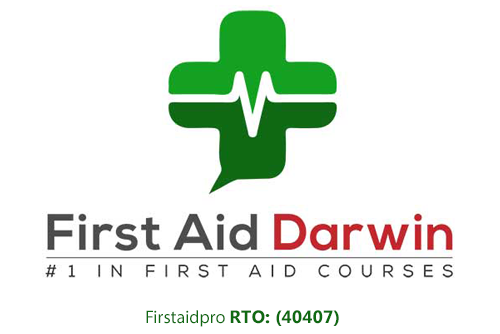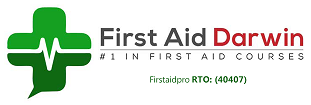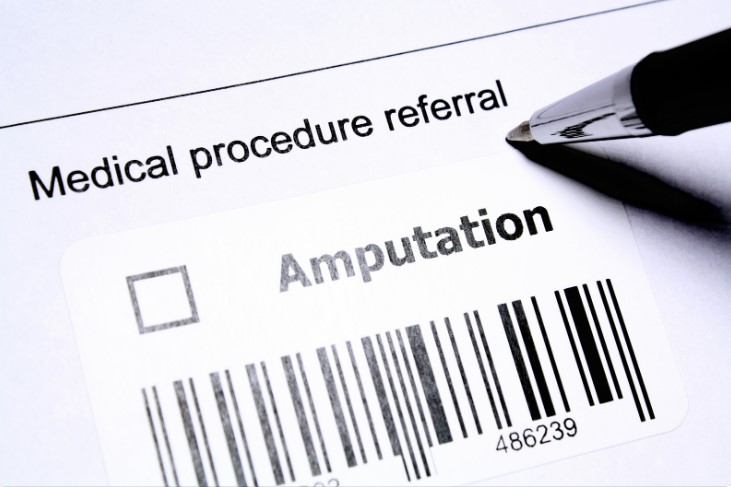While most allergic reactions are not serious, some can lead to life-threatening anaphylactic shock.
Anaphylactic shock is a severe, whole-body response to a “trigger” that impacts the heart and circulatory system. In some scenarios, it can also affect the eyes, nervous system, lungs, skin, and digestive tract.
Providing first aid care and seeking medical help is critical to prevent the severe allergic reaction from getting worse.
Understanding Anaphylactic Shock
An anaphylactic shock is a severe allergic reaction of the body’s immune system to a foreign substance or “triggers.”
Also known as anaphylaxis, this condition can affect the whole body, often within minutes of exposure to the trigger, but it can take some hours for others. Without the right treatment, an anaphylaxis reaction can potentially become life-threatening.
The body’s immune system protects itself from foreign bodies that could make us sick. It does this by producing antibodies that are designed to seek out and destroy threats found in the blood and tissues.
The system is very effective when it is working properly. However, some people with sensitive immune systems overreact to a certain trigger.
Some of the common triggers are found in food such as nuts, milk, fish, shellfish, eggs, and some fruits. When the person has consumed or been exposed to these causes, the immune system can overreact and start attacking healthy cells in the body.
People with mild sensitivity might experience the usual irritating symptoms (red skin, rashes, watery eyes, etc.). But for those who suffer from severe allergies, it can result in anaphylactic shock.
If you or someone you know has severe allergen sensitivities, learn how to recognise the symptoms and provide first aid treatment for anaphylaxis emergencies.
Signs And Symptoms
Mild symptoms of allergic reactions may include:
- Red, itchy skin
- Skin rashes
- Hives
- Swelling
- Diarrhea and digestive problems
- Respiratory issues (congestion, sneezing, runny nose)
- Feeling nauseated
- Lightheadedness
- Weak pulse
For severe symptoms, the person may experience the following:
- Trouble breathing
- Throat tightness or feeling like airways are closing
- Difficulty speaking
- Trouble swallowing
- Low blood pressure
- Passing out or unconsciousness
A person with severe symptoms of anaphylaxis needs first aid treatment right away.
First Aid For Anaphylactic Shock
Call Triple Zero (000)
There is a need for urgent medical assistance because a severe allergic reaction can quickly affect someone and is potentially life-threatening.
Call emergency services if you spot two or three of the symptoms above.
Administer Epinephrine
Some people with a history of serious allergies may carry an EpiPen with them at all times.
Epinephrine or EpiPen is an auto-injector that contains a single dose of medicine used to treat allergic emergencies. Take off the blue safety cap and press the orange tip against the other thigh of the person until you hear a clicking sound. Hold it in place for about ten seconds, take the pen off, and massage the site for a few seconds.
Perform CPR
If the person suffering from severe anaphylaxis loses consciousness, you may need to administer CPR. Start by placing the heel of one hand in the centre of the chest, then place the second hand over the first. Press down hard and fast on the person’s chest to the speed of Staying Alive by the Bee Gees.
Keep doing compressions until someone else can take over or until medical personnel arrives.
Treat For Shock
If the person is showing symptoms of shock, keep them in a lying position while keeping them warm. Raise the person about 12 inches overhead level. Provide reassurance that emergency help is on the way.
Do not give them medications, especially if the person is having trouble breathing.
Conclusion
Learn first aid for someone having an anaphylactic shock. Enrol in a first aid course today.
Visit First Aid Courses Darwin or contact our team for more information.








